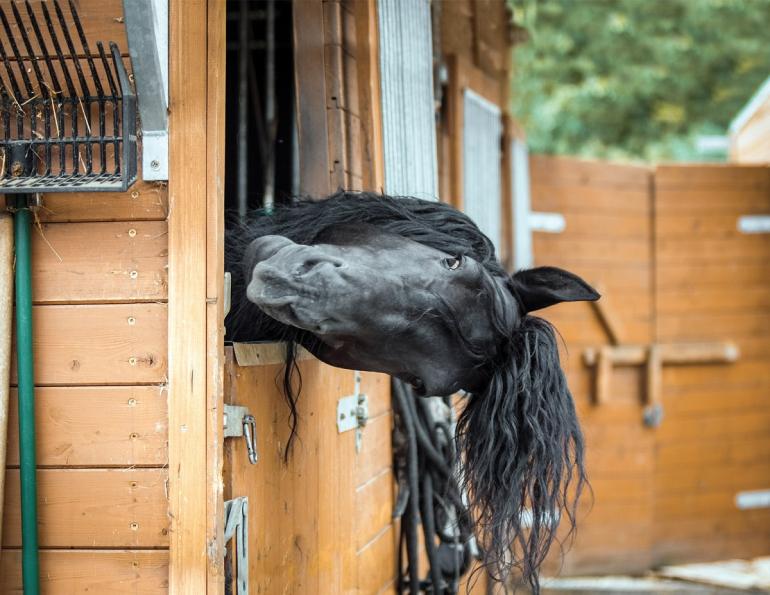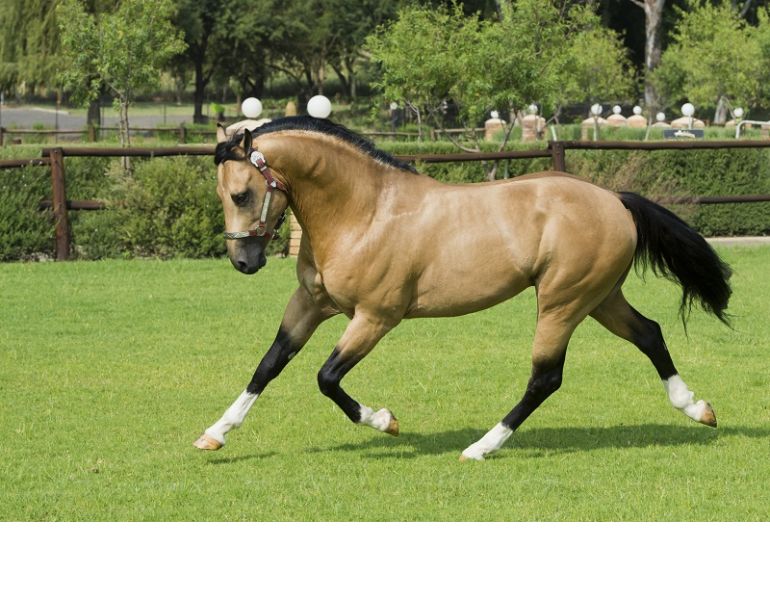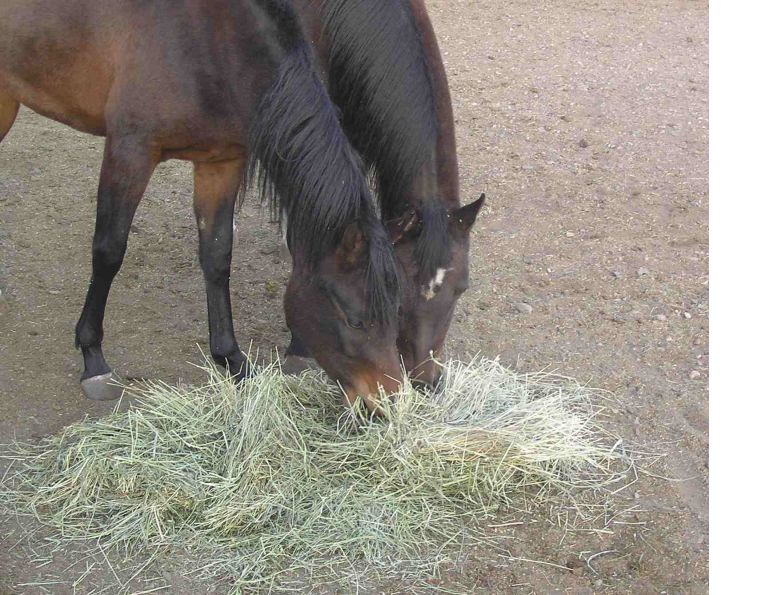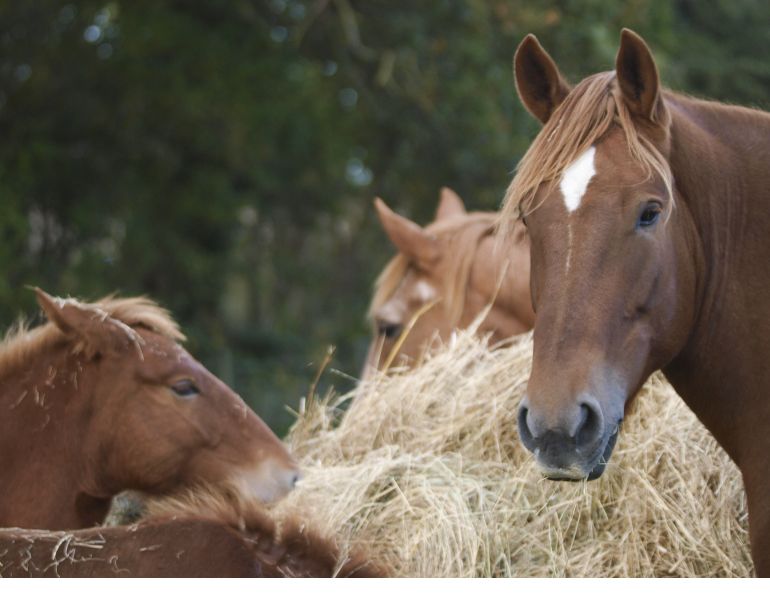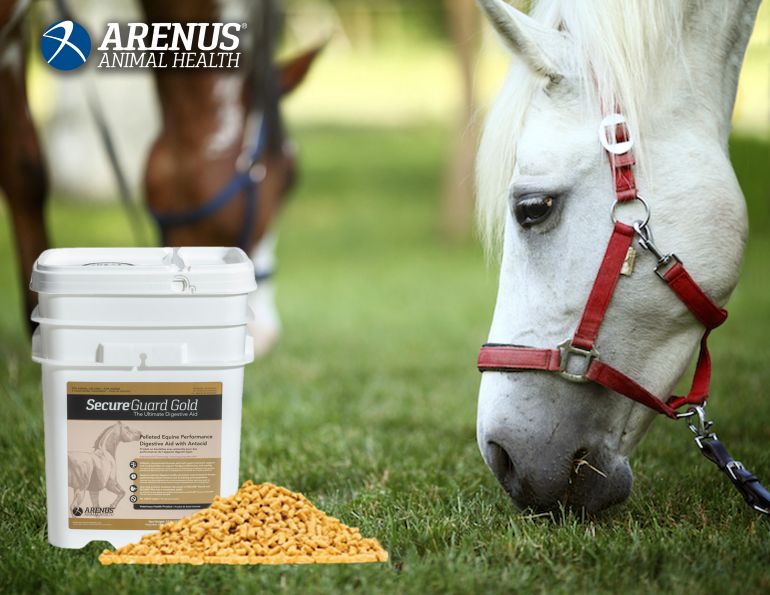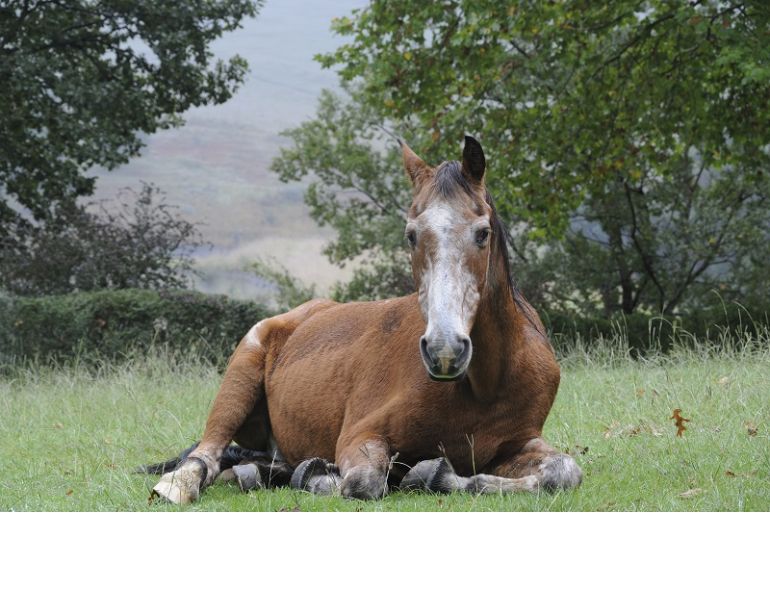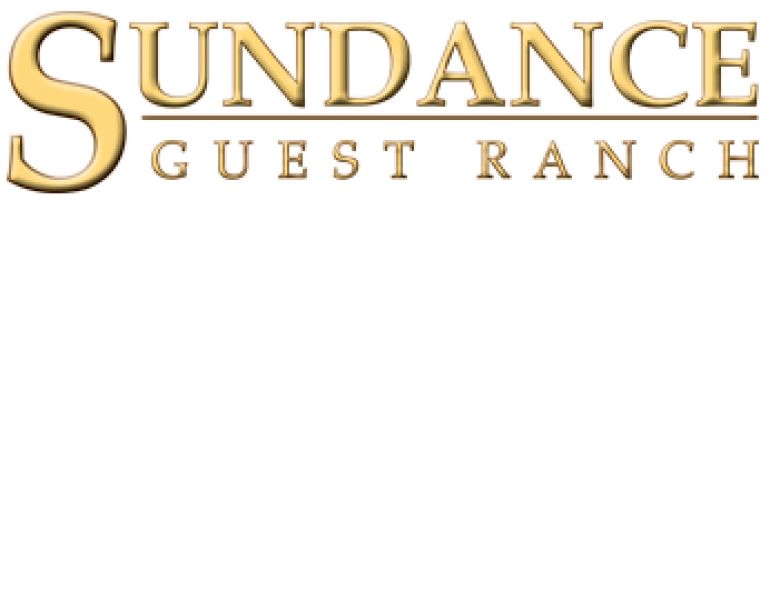How to better utilize the information your feed tag provides.
By Shelagh Niblock, PAS
Horse owners in Canada know that opportunities for finding the perfect feed for their horse have probably never been better. Canadian horse owners have a multitude of feed manufacturers utilizing superior nutritional expertise to formulate an array of feeds designed to meet just about every equine need. With our increasing comfort using the internet and social media, all we need to do is sit down at the computer to find a feed that appears to best meet the needs of our horses.
Online information is great, but how do you ensure that what’s in the bag is actually the best fit for your horses?
What is a feed tag?
All livestock feed manufacturing in Canada is regulated under the Canadian Food Inspection Agency (CFIA). The legislative authority under which CFIA operates includes the Feeds Act and Feeds Regulations, the Health of Animals Act and Health of Animals Regulations, and the Organic Products Regulations for certified organic feeds. All feed ingredients used in manufacturing equine feeds in Canada must be listed on the Approved Ingredients List under the Feeds Regulations, Schedule IV and V. All nutrient specifications for manufactured equine feeds must fall within the parameters laid out in Schedule I Table 4 of the Feeds Regulations.
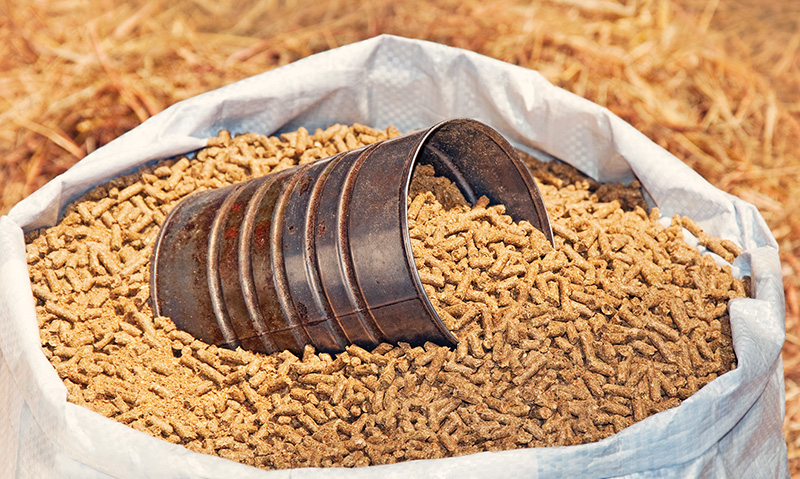
Feed is measured by weight. If your feed scoop is a container from your kitchen, first determine the weight capacity of your container in order to calculate an accurate weight of the feed your horse is consuming. Photo: Dreamstime/Pinnimemom
Under the Feeds Act and Feeds Regulations, all feeds are required to be labelled according to strict rules. Violations of labelling rules are considered serious and unacceptable by CFIA, and feeds labelled incorrectly are subject to seizure. Canadian feed manufacturers know that correct labelling of livestock feed is important both from a regulatory point of view and from a customer service point of view.
The label attached to the bag of feed you buy contains the information you need to make informed decisions about feeding your horse. At first glance it may be confusing, but with a simple road map to help you along the way, you will find your feed tag full of useful information.
What information should a feed tag provide?
Required information for a feed tag for equine feed includes:
1) an optional brand name
2) the name of the feed
3) registration number (if registered)
4) a selenium statement as to the concentration of selenium in the product if it contains selenium
5) a guaranteed analysis with nutrient guarantees provided in accordance with the feed regulations for the livestock species
6) a complete list of ingredients or notification of where a list of ingredients may be obtained
7) directions for use
8) a selenium caution (separate and different from the earlier mentioned selenium statement) if selenium is included in the feed
9) the registrant’s or the manufacturer’s name and address, and
10) a net weight in kg.
Information not allowed, unless approved by CFIA during registration, are claims as to the efficacy of the product, logos for trademarked ingredients, or any artistry with respect to the layout of the tag. Feed tags are expected to contain pertinent information only, presented in approximately the order listed above. Tags not conforming to the above-noted parameters can be disallowed by CFIA upon inspection, with the potential outcome of the feed being unsalable until a new corrected tag has been created.
What is the difference between a “registered” feed and a “non-registered” feed?
Some feed tags carry a “product registration number” on them, indicating the feed is registered with CFIA. Registering a feed entails submitting the formula, feeding instructions, guaranteed analysis, and proposed feed tag for approval to CFIA for review. It is a lengthy process, sometimes taking months to complete.
Feeds do not have to be registered in Canada provided their ingredients, guaranteed analysis, and feeding instruction all fall within the rules set out in the Feeds Regulations. Feeds that fall outside the regulations because they contain specialized ingredients or additional label claims or guarantees do need to be submitted for registration before sale. Any change in product characteristics or nutritional analysis of a registered feed will require that it be reregistered before being marketed in its new form.
All equine feeds offered for sale in Canada, whether registered or not, have to abide by the same rules and regulations. Just because a feed is not registered does not mean it is a lower quality feed.
How to read the feed tag
Sometimes the biggest challenge in utilizing your feed tag is deciphering the units of measure. Once you have done it a few times though, it’s easy. You do need to have an accurate weight of the feed your horse is consuming. Horse feed is measured by weight - pounds or kilos - not by volume. If you measure your horse’s feed with a scoop or a container salvaged out of the kitchen, you need to determine the weight of feed dispensed per unit of measure. You can buy a scale to weigh it or use a quick calculation. Most pellets and/or sweet feeds are approximately 4 cups per pound of feed. Extruded feeds are a little lighter meaning one pound of feed is approximately 4.5 cups.
Once you know the weight capacity of your scoop, you can begin to keep track of just how much feed you are providing your horse every day. An estimation of accurate intake is the first step in beginning your evaluation of the nutrient contribution of your feed to your horse’s diet.
Having access to a calculator is handy when determining what the feed is delivering to your horse. Let’s start at the top of the tag and work downwards.
Units of measurement are important
The first information on the tag you will see is the selenium content of the feed expressed as X mg/kg. This tells us that your horse will receive X milligrams of selenium per kilogram of feed. Many manufactured equine feeds contain selenium at 0.3 mg per kg of feed. If you know that your horse gets, for example, 1.5 kg of this feed per day (3.3 lb), we can calculate that he gets 1.5 kg x 0.3 mg of selenium = 0.45 mg of selenium daily when consuming this amount of feed.
We can tackle the guaranteed analysis in a similar fashion. Many nutrients such at protein (abbreviated as CP for crude protein) are expressed in percentages. Our horse eating 1.5 kg per day of a feed that contains 14% CP will be consuming 1.5 kg x 14% = 0.21 kg of protein or 210 grams daily. Remember that horses eat weights of a nutrient, not percentages. A percentage protein value is useful only when we know the weight of the feed our horse has actually consumed. Several other nutrients are calculated using percentages including crude fibre, crude fat, and the macro minerals calcium, phosphorous, magnesium and sodium.
When we get to the trace minerals contained in the feed, we go back to the same unit of measure as that of selenium. For example, a complete feed that contains copper at 28 mg per kg and is consumed by our horse at an amount of 1.5 kg per day will deliver 1.5 kg x 28 mg/kg = 42 mg of copper to the horse. Mg/kg is sometimes expressed at “parts per million” or PPM.
Iodine, copper, manganese, zinc, cobalt, and iron are just some of the trace minerals that may be included on your feed tag. Not finding a trace mineral on your feed tag doesn’t necessarily mean there is none of that trace mineral in the feed. If in doubt about the amount of a specific nutrient that you cannot see on the feed tag, a quick call or email to the feed manufacturer will usually help locate the information you require.
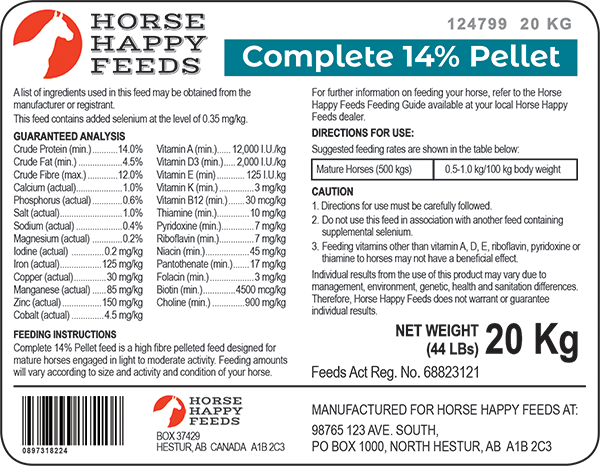
The fat-soluble vitamins A, D, and E are all expressed as international units (IU) or in multiples of 1,000 IU (expressed as KIU) per kg. If our feed contains 13,000 IU or 13 KIU units of vitamin A per kg, our horse eating 1.5 kg per day will be consuming 1.5 kg x 13.0 KIU = 19.5 KIU or 19,500 IU of vitamin A per day with this feed intake.
Remember that the nutrients contributed by this feed are only part of his daily nutrient intake; the balance is contributed by the forage and any other supplements he may be consuming.
Why do we need feeding instructions on the tag?
Feeding instructions are intended to tell the owner how much of the feed they need to give their horse to meet nutrient minimums set out in the CFIA regulations per day, but they are intended as a guideline only. Feeding instructions can be a useful guideline for allowing the owner to calculate an upper limit for any feed containing selenium.
What about feed ingredients?
Not many feed labels have an ingredient statement printed right on the tag, but manufacturers are required by law to have them readily available for customers using their feed. A call or email to the feed manufacturer will generally result in a complete ingredient listing being provided to you very quickly.
Can I feed my horse extra supplements containing selenium?
You will find a “Selenium Caution” on all Canadian labels for equine feeds that contain selenium. This is just to advise you to be cautious feeding other supplements containing selenium as it is toxic if fed in excess. If you are feeding additional sources of selenium, contacting the feed manufacturer, an equine nutritionist, or your veterinarian to calculate total intake is advisable.
Although there is no similar caution on the tag for other nutrients, there are some that horse owners should be cautious about “doubling up on” if feeding several supplements at once. Vitamin A is one such nutrient. It is deficient in grains and most forages, so supplementation is important, but too much is toxic for the horse.
You may also see the statement: “Feeding vitamins other than vitamins A, D, E, riboflavin, pyridoxine, and thiamine to horses may not have a beneficial effect.” This refers to an absence of peer-reviewed research to support the suggestion that a feed containing B vitamins other than those listed above will improve the health of a horse. The regulations are intended to ensure that no feed tag is suggesting that a nutrient is beneficial when it hasn’t been proven to be so.
Why isn’t information about sugar and energy reported on the feed tag?
You’ll probably have noticed that some of the “hot topic” nutrients that many horse owners want to know about are not included on your feed tag. These include energy calculations such as DE (digestible energy) and NSC (non-structural carbohydrate). This is because these numbers are actually calculations utilizing some fairly complex formulae. There isn’t a standard set of formulae that all manufacturers use and so it isn’t always helpful to compare calculated values between feed manufacturers as the formulae or way of calculating could be different. If you want calculated values like DE or NSC, contact the feed manufacturer and ask. This information should be available even if it isn’t printed on the feed tag.
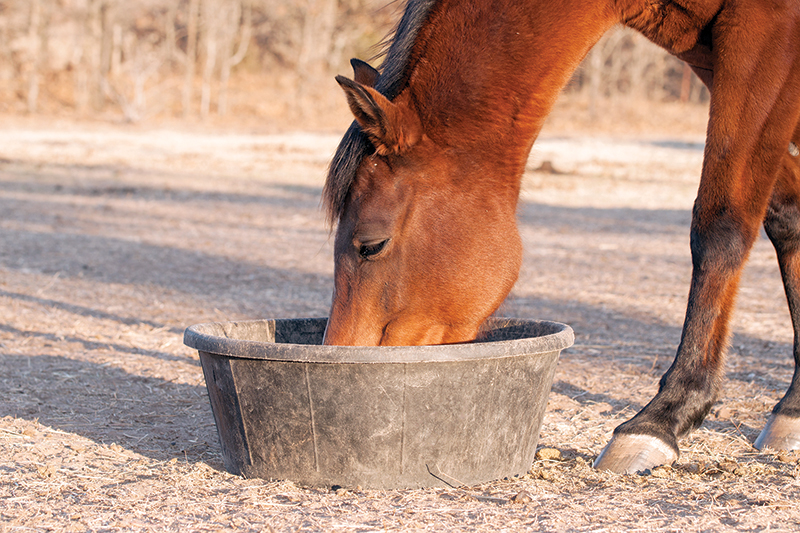
Feeding instructions are a guideline telling horse owners how much feed is needed to meet the horse’s nutrient minimums. Photo: Shutterstock/Sari ONeal
What does “fixed” formula mean?
You will see some feeds advertised as being manufactured utilizing “fixed formulas.” Fixed formula manufacturing means that no matter what the cost of the ingredients, the formula is “fixed” and never changes. On the other hand, “least cost formulation” allows the inclusion of some ingredients to move up or down according to what the price of the ingredient is. The nutrient parameters don’t change from manufacturing run to run, but the ingredients might.
Most quality horse feeds are manufactured utilizing the fixed formulation approach. If the feed manufacturer is analyzing incoming ingredients regularly though - and with the increase of on-site NIR laboratory capability many feed manufacturers are moisture and nutrient testing most if not all loads of incoming ingredients - there has to be a little “wiggle room” in a formulation to allow some movement in ingredients as their nutrient composition changes from load to load. Otherwise the finished product would not meet nutrient specifications.
The term “fixed formula” should be taken in context. A quality feed will be made from good ingredients meeting the nutritional needs of the horse it was formulated for. Ingredient formulation should be as consistent as possible with no nutrient fluctuation. The proof will be in the bag. Equine feeds with consistent formulations will look, smell, and feel the same from bag to bag.
Why don’t Canadian horse feeds contain products like nutraceuticals?
You will have noticed the large growth in supplements containing “nutraceuticals” in recent years. Nutraceuticals are feed supplements that are purported to provide our horses with beneficial effects through their ingestion. Nutraceuticals would include many herbal products, as well as products such as shark cartilage, spirulina, glucosamine, MSM, hemp, and bacterial cultures for hind gut health. You may ask, “Why can’t these be included in the feeds we buy?”
Currently, if you want to avail yourself of these products, you need to buy them in a supplement form. They are officially regulated by Health Canada, but in order for an ingredient to be included in a manufactured feed, it must be on the CFIA Approved Ingredients List mentioned earlier. If it isn’t on that list it can’t be used in a manufactured horse feed. For example, supplemental yeast is included on the list of approved ingredients - spirulina is not. Hence, we do see equine feeds in Canada containing yeast supplements, but not feeds containing spirulina.
The CFIA rules surrounding feed formulation and feed tags have resulted in nutraceuticals being relegated to the supplement world. As the regulatory oversite of equine supplements is not what it is on the feed formulation side, if you desire to feed a nutraceutical to your horse, do your research, use a reputable brand, and have a clear idea of what to expect.
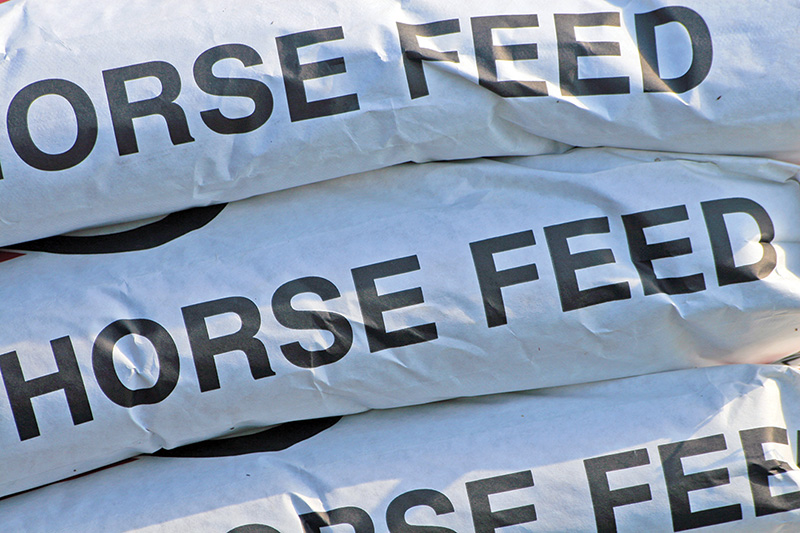
Future changes in feed labelling
The feed tag sewn onto the bag of feed you buy can provide you with a wealth of information if you know how to use it. All feed tags on manufactured equine feed are regulated in their content by CFIA, and that has been a source of frustration for feed manufacturers, who for many years felt that the regulations have not kept up with research and industry trends. The good news is that regulations with respect to equine feed formulation and tags are expected to change within the next year as there are plans to modernize the CFIA Feed Regulations.
For more information regarding what these changes will mean for manufacturers and horse owners, feel free to check out the Canadian Food Inspection Agency website to see the changes proposed. Visit www.inspection.gc.ca and search for Feed Regulatory Renewal – Consolidated Modernized Framework – Supplementary CFIA Responses. It is expected the feed industry will see them in place by early to mid-2019. And in the meantime, plan to start utilizing your feed tag to make better informed decisions about the feed you buy for your barn.
Photo: Shutterstock/Aneta Jungerova
This article was originally published in the Winter 2018 issue of Canadian Horse Journal.



